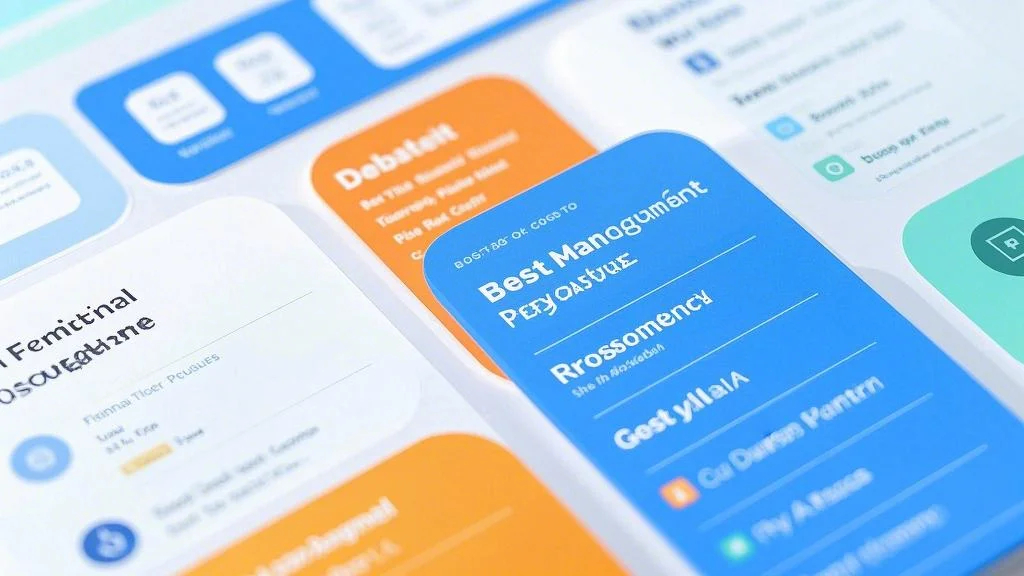Understanding the Benefits of a Balance Transfer
Transferring a balance to a new credit card can be a smart financial move, especially if done correctly. It allows you to consolidate debt, save money on interest, and potentially improve your credit score. However, not all balance transfers are created equal, so it’s important to understand the process and the advantages it offers.

First, let’s explore why you might want to transfer a balance. If you’re carrying a high balance on a credit card with a high APR (Annual Percentage Rate), transferring that balance to a card with a lower interest rate can help you save money on interest payments. Many credit cards offer 0% APR promotions for balance transfers during an introductory period, which can significantly reduce the cost of paying off your debt.
Another benefit of a balance transfer is that it can help you avoid paying multiple monthly minimum payments. By consolidating your debt onto a single card, you simplify your financial obligations and can focus on making one payment each month. This can help you stay organized and reduce the risk of missing a payment, which could harm your credit score.
Before proceeding with a balance transfer, it’s crucial to assess your financial situation. Determine how much you can afford to pay each month and set a timeline for paying off the transferred balance. A balance transfer is not a solution for avoiding debt; it’s a tool to help you manage debt more effectively.
How to Choose the Right Credit Card for a Balance Transfer
Not all credit cards are suitable for balance transfers. To maximize the benefits, you need to find a card that offers favorable terms, such as a low or 0% APR during the introductory period, reasonable balance transfer fees, and a flexible rewards program (if applicable).
Low or 0% APR for Balance Transfers: Look for credit cards that offer a 0% APR on balance transfers for a specific period. This can save you money on interest during the introductory period. For example, some cards offer 0% APR for 18 months, giving you ample time to pay off the balance without incurring extra interest.
Low Balance Transfer Fees: Most credit cards charge a balance transfer fee, which is typically a percentage of the transferred amount. Ideally, you want a card that offers a 0% balance transfer fee or at least a low fee (e.g., 3% or less). Be sure to factor this fee into your calculations when determining the total cost of the transfer.
Rewards and Perks: If you’re planning to use the card beyond the balance transfer, consider the rewards and perks it offers. Look for cards with cashback rewards, travel benefits, or other features that align with your needs.
Credit Limit: Ensure the credit card has a sufficient credit limit to accommodate the balance you’re transferring. If the credit limit is too low, you may not be able to transfer the full amount.
Terms and Conditions: Read the fine print to understand the terms and conditions of the balance transfer offer. For example, some cards may require you to complete the transfer within a specific timeframe after account opening.
Once you’ve selected the right credit card, the next step is to initiate the balance transfer process.
Step-by-Step Guide to Transferring a Balance
Transferring a balance to a new credit card is a straightforward process, but it requires careful execution to ensure everything goes smoothly. Follow these steps to complete the transfer successfully:
Apply for the Credit Card: Start by applying for the credit card that offers the best terms for your balance transfer needs. Ensure you meet the eligibility criteria and provide accurate information on the application.
Review the Application: Once your application is approved, review the terms and conditions of the card, including the APR, balance transfer fees, and any other relevant details.
Initiate the Balance Transfer: Most credit card issuers allow you to initiate a balance transfer online or via a mobile app. Log into your account, navigate to the balance transfer section, and input the necessary details, such as the amount you want to transfer and the creditor’s information.
Provide Creditor Information: If you’re transferring a balance from another credit card, you’ll need to provide the creditor’s name and account number. Ensure the information is accurate to avoid delays or errors.
Wait for Processing: After submitting the transfer, it may take a few business days for the funds to appear on your new credit card. During this time, monitor your accounts to confirm that the transfer has been processed correctly.
Make Payments: Once the balance is on your new card, start making payments according to your plan. If you’re taking advantage of a 0% APR promotion, focus on paying off as much as possible during the introductory period to minimize interest charges.
Avoid New Debt: While transferring the balance gives you a fresh start, it’s important to avoid racking up new debt on the new card. This could lead to higher interest charges and negatively impact your credit score.
Monitor Your Progress: Regularly check your account balance and payment history to stay on track. Set reminders for payment due dates to avoid missing any deadlines.
Consider Closing Old Accounts (Optional): If you no longer plan to use the old credit card, you may consider closing the account. However, keep in mind that closing an old account can affect your credit score, as it reduces your credit history length and available credit.
Assess Your Progress: After completing the balance transfer, assess whether the process met your financial goals. If you’re paying off the balance as planned and seeing improvements in your credit score, congratulations! If not, consider reviewing your financial habits and exploring other options, such as a personal loan or debt counseling.
Important Considerations
Low Minimum Payments: Be cautious of cards that require only a low minimum payment during the introductory period. While this can make the payments more manageable, it may lead to longer repayment periods and higher overall costs.
Missed Deadlines: If you fail to pay the balance in full before the introductory period ends, you’ll be charged the full APR on the remaining balance. Always calculate your payment plan carefully and set reminders to avoid missing the deadline.
Multiple Balances: If you’re transferring multiple balances, ensure each transfer complies with the card’s terms and conditions. Some cards may limit the number or amount of balance transfers you can make during the introductory period.
Impact on Credit Score: A balance transfer itself doesn’t hurt your credit score, but applying for a new credit card can slightly lower your score due to a hard inquiry. However, this impact is usually minimal and temporary. Consistently paying your bills on time and keeping your credit utilization low will help improve your credit score over time.
By following these steps and staying mindful of the key considerations, you can successfully transfer a balance to a new credit card and work toward financial freedom. Remember, a balance transfer is a tool to help you manage debt, not a solution to avoid it. With discipline and smart planning, you can use it to your advantage and achieve your financial goals.



